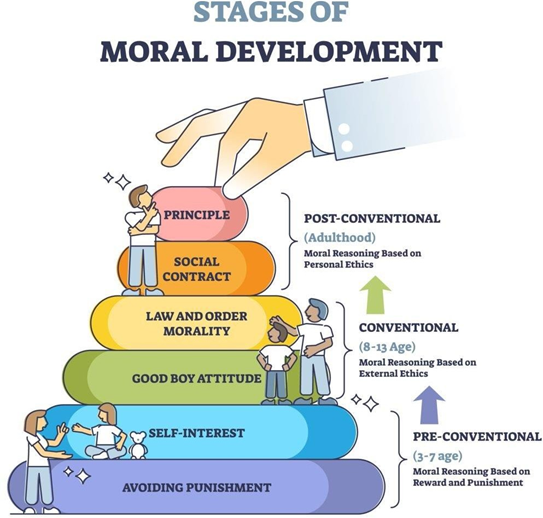The nurse is describing the maturation of various organ systems during toddlerhood to the parents. What would the nurse correctly include in this description?
Myelination of the brain and spinal cord is complete at about 24 months.
Alveoli reach adult numbers by 3 years of age.
Urine output in a toddler typically averages approximately 30 mL/hour.
Toddlers typically have strong abdominal muscles by the age of 2.
The Correct Answer is A
A. Myelination of the brain and spinal cord is a continuous process that begins during fetal development and continues through childhood and adolescence. While significant myelination
occurs during infancy and toddlerhood, it is not complete by 24 months. However, substantial progress in myelination does occur during the toddler years, contributing to the development of motor and cognitive skills.
B. Alveoli reach adult numbers by 3 years of age. This statement is incorrect. Alveoli continue to develop and increase in number after birth, reaching adult numbers around adolescence, not by 3 years of age.
C. Urine output in a toddler typically averages approximately 30 mL/hour. This statement is incorrect. Toddlers typically have higher urine output rates than adults due to their smaller
bladder capacity and higher metabolic rate. The average urine output for a toddler is around 1-2 mL/kg/hour, which varies depending on factors such as hydration status and activity level.
D. Toddlers typically have strong abdominal muscles by the age of 2. This statement is incorrect. While toddlers may develop some abdominal muscle strength through activities such as walking and climbing, their muscle tone and strength are still developing and may not be as strong as in older children or adults.
Nursing Test Bank
Naxlex Comprehensive Predictor Exams
Related Questions
Correct Answer is A
Explanation
A. They follow rules out of a sense of being a "good person.": According to Kohlberg, at the conventional stage of moral development, individuals are motivated to follow rules and laws to maintain social order and to be perceived as good members of society.

B. They follow rules out of fear of being punisheD. Fear of punishment is more characteristic of the preconventional stage of moral development, where individuals make moral decisions based on avoiding punishment or seeking reward.
C. They follow rules in order to receive praise from caretakers: Seeking praise from caretakers may influence behavior, but it does not reflect the underlying motivation for following rules according to Kohlberg's theory.
D. They follow rules because it is in their nature to do so: While some individuals may have a predisposition to follow rules, Kohlberg's theory focuses on the moral reasoning behind rule- following rather than inherent tendencies
Correct Answer is C
Explanation
A. The child exhibits plantar grasp reflex: The presence of the plantar grasp reflex at 10 months
is appropriate and not cause for concern. This reflex typically diminishes by around 9 months but can persist slightly longer in premature infants.
B. The child has doubled his birth weight: Doubling birth weight by around 6 months is a normal developmental milestone, and achieving this by 10 months is appropriate, indicating healthy growth.
C. No primary teeth have erupted yet: The absence of primary teeth by 10 months, especially in a preterm infant, may indicate a delay in dental development and should prompt further evaluation by a healthcare provider.
D. The child's head circumference is 49.53 cm: The head circumference of 49.53 cm falls within the typical range for a 10-month-old infant and is not inherently concerning.
Whether you are a student looking to ace your exams or a practicing nurse seeking to enhance your expertise , our nursing education contents will empower you with the confidence and competence to make a difference in the lives of patients and become a respected leader in the healthcare field.
Visit Naxlex, invest in your future and unlock endless possibilities with our unparalleled nursing education contents today
Report Wrong Answer on the Current Question
Do you disagree with the answer? If yes, what is your expected answer? Explain.
Kindly be descriptive with the issue you are facing.
